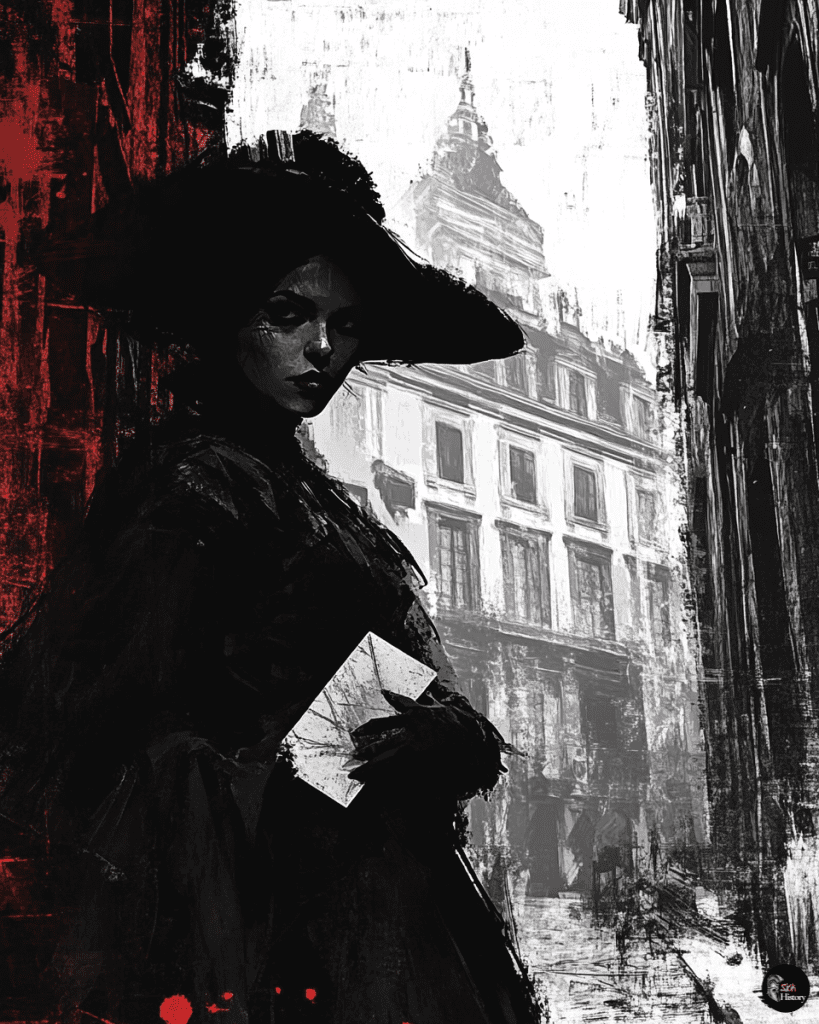In the shadowy world of 17th-century British espionage, a group of unsung heroines risked everything for the king and country. These women spies, operating in a male-dominated field, faced not only the dangers inherent in their work but also a system that consistently undervalued and underpaid them. Their story is one of courage, ingenuity, and perseverance in the face of overwhelming odds.
The Unequal Playing Field
The disparity between male and female spies was stark and multifaceted. While their male counterparts enjoyed official recognition and generous compensation, women spies often operated in a grey area, their contributions obscured by euphemistic language and social expectations.
Consider the case of Elizabeth Alkin, a Parliamentarian spy who provided crucial intelligence about a Royalist ironmaster named Mynne. For her efforts, Alkin received a mere £18, paid out in meager installments over two years after repeated petitions. In stark contrast, her male counterpart, William Mills, pocketed a princely sum of £200-300 for the same information.
This discrepancy wasn’t just about money; it reflected a deeper societal bias. Authorities often questioned the credibility of information provided by women, using dismissive language like “she avers” or “pretending to have made a discovery” when recording payments. This skepticism served as a convenient excuse to withhold fair compensation.
Class Divide: A Tale of Two Spies
Class distinctions further complicated the world of 17th-century espionage. Aristocratic Royalist women spies faced different expectations and challenges compared to their lower-class Parliamentarian counterparts.
For the aristocrats, there was an unspoken expectation that they would provide intelligence out of duty and loyalty rather than for financial gain. Their “compensation” often came as promises for future favors or pensions. The Countess of Dysart, for instance, received an £800 annual pension after the Restoration, likely in recognition of her espionage activities in the 1650s.
In contrast, lower-class Parliamentarian women spies, driven by more immediate financial needs, sought and required more tangible rewards. Yet, they often found themselves at the mercy of spymasters like John Thurloe, who believed that keeping spies in poverty would ensure their eagerness and honesty.
The Hidden Costs of Secrecy
The very nature of espionage work added another layer of complexity to the financial struggles of women spies. In some cases, payments were deliberately concealed or disguised in official records, ostensibly to protect reputations or maintain secrecy. While this practice affected both male and female spies, it disproportionately impacted women, who were already fighting an uphill battle for recognition and fair compensation.
Legacy of the Invisible Heroines
Despite the challenges they faced, these women made significant contributions to the intelligence efforts of their time. Their stories, long overlooked, are only now beginning to emerge from the shadows of history.
The financial precarity these women endured likely contributed to the difficulty in uncovering their stories and contributions. Yet, their perseverance in systemic inequity and bias speaks volumes about their dedication and resilience.
As we uncover more about these invisible heroines, we gain not only a deeper understanding of 17th-century espionage but also a renewed appreciation for the often-overlooked contributions of women throughout history. Their legacy serves as a powerful reminder of the importance of recognition and fair compensation, issues that continue to resonate in our modern world.

